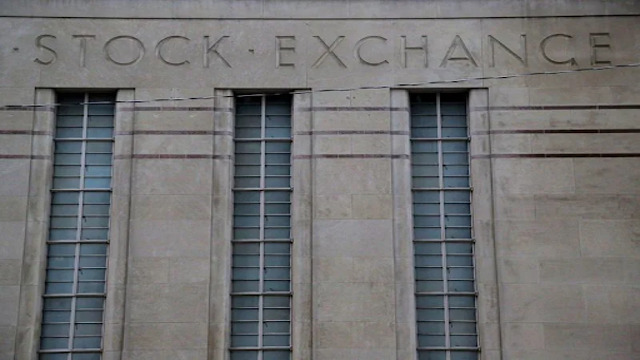
Toronto's Bay Street, part of Canada's financial district, is pictured on Wednesday, March 18, 2020. Even though interest rates are beginning to drop, both borrowers and lenders continue to face financial pressure. (Credit: The Canadian Press/Nathan Denette)
As the third quarter results of Canada's big banks approach, all eyes are on the ongoing financial strain faced by borrowers and lenders alike. Despite recent interest rate cuts by the Bank of Canada, the financial pressure remains a critical focus. The banks, including TD Bank Group, are preparing to report their earnings, covering the period ending in July, a time when the central bank's key rate dropped by half a percentage point to 4.5%. This reduction, mirrored by the banks lowering their prime rates to 6.7%, still leaves borrowers grappling with high mortgage renewal rates and other financial challenges, particularly those exposed to variable rates.
Analysts, like Canaccord Genuity's Matthew Lee, are honing in on the credit environment as a key indicator of financial stress. While banks frame the current credit situation as a return to pre-pandemic norms, there's concern that provisions for loan losses could reveal a bleaker outlook. The stress isn't limited to commercial banking. Consumer finances, particularly in credit card and auto loans, are also under the microscope as the economic environment continues to weigh on Canadians.
A recent Bank of Canada survey revealed that financial stress has worsened since the first quarter, with Canadians increasingly concerned about missing debt payments or facing job losses. The central bank has also cautioned that mortgage payments are likely to rise in 2025 and 2026, adding to the strain on households.
Though more interest rate cuts are expected, with economists predicting at least two more reductions this year and potentially a full percentage point cut next year, the broader economic challenges persist. Elevated borrowing costs and the risk of a recession continue to affect consumer sentiment, potentially leading to slower loan growth. Jeffries analyst John Aiken highlighted these concerns, noting that while the Bank of Canada is easing its monetary policy, lending volumes could remain modest in the near term.
The upcoming financial results will also draw attention to the banks' expenses, particularly after several institutions took restructuring charges last year due to staff cuts in preparation for the economic downturn. Analysts are now looking ahead to 2025 when they expect loan growth to pick up as interest rates continue to fall. At that point, banks may begin to unwind the large credit loss provisions they've built up in anticipation of defaults.
For now, however, those provisions are expected to remain stable. National Bank analyst Gabriel Dechaine has adjusted his outlook slightly, taking a more conservative stance due to rising insolvencies in Canada and potential losses in certain consumer categories. Still, Dechaine believes that Canadian banks are on track to navigate this challenging period without experiencing a sharp increase in loan losses, thanks to expected rate cuts.
Despite this cautious optimism, bank stocks may continue to face pressure in the coming months, underperforming the broader market until there's more clarity on loan losses and the potential for profit growth. Aiken noted that significant earnings surprises would be needed to boost support for the banks, making it unlikely that they will see strong upward momentum this earnings season.
TD Bank will kick off the earnings reports on August 22, followed by Scotiabank and BMO on August 27. RBC and National Bank will report on August 28, with CIBC wrapping up the earnings season on August 29.














